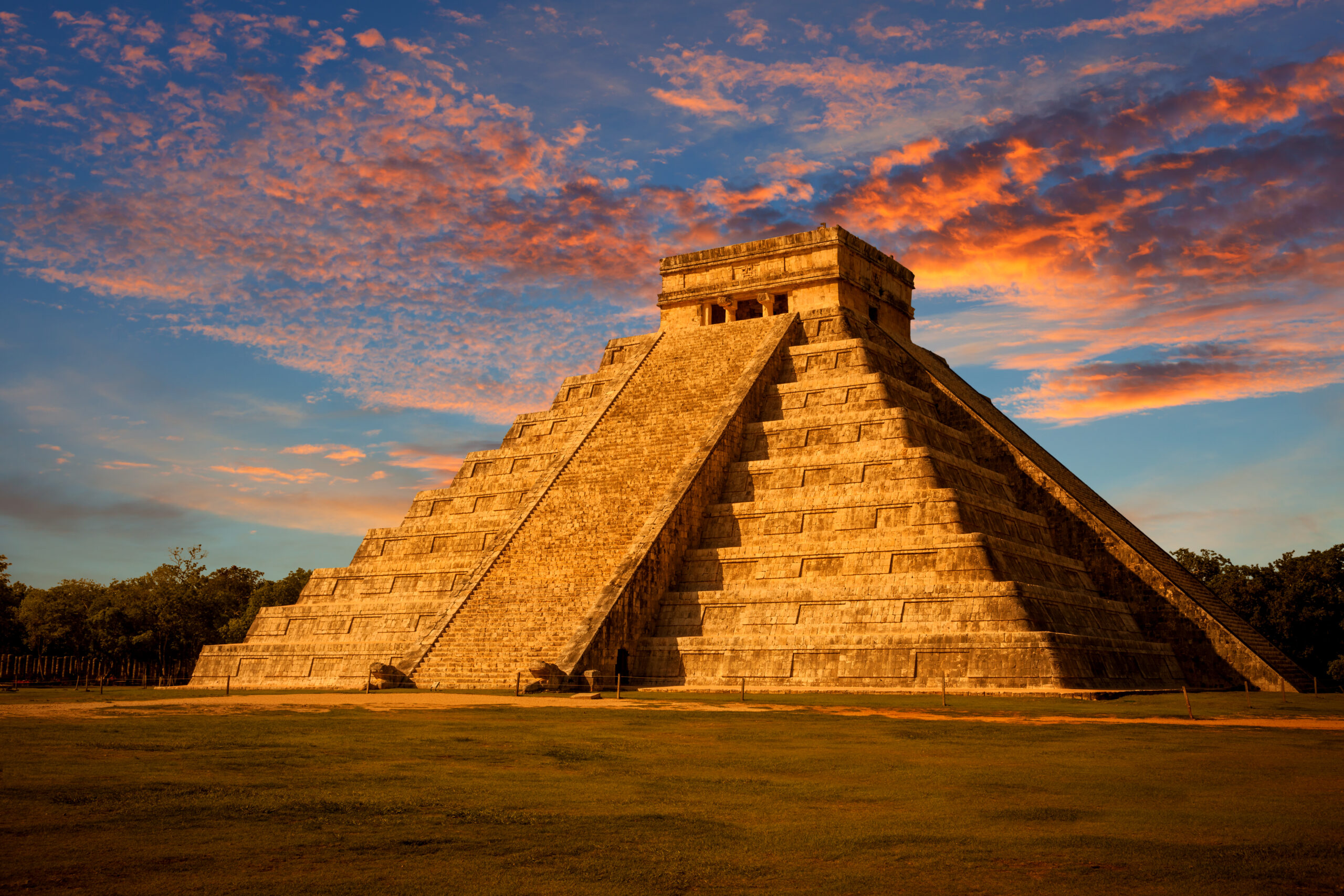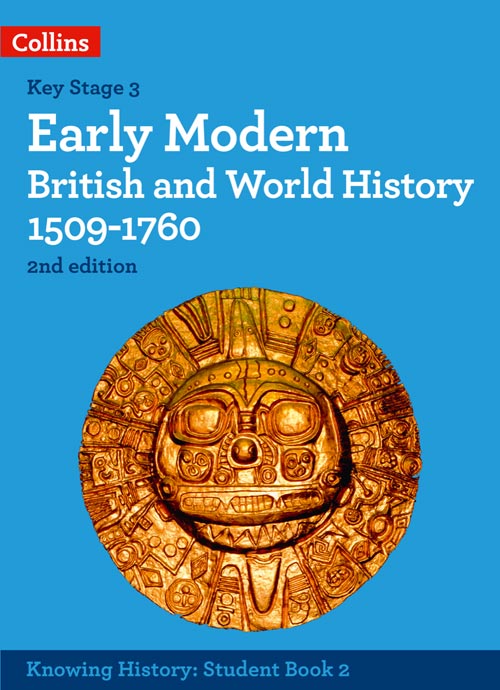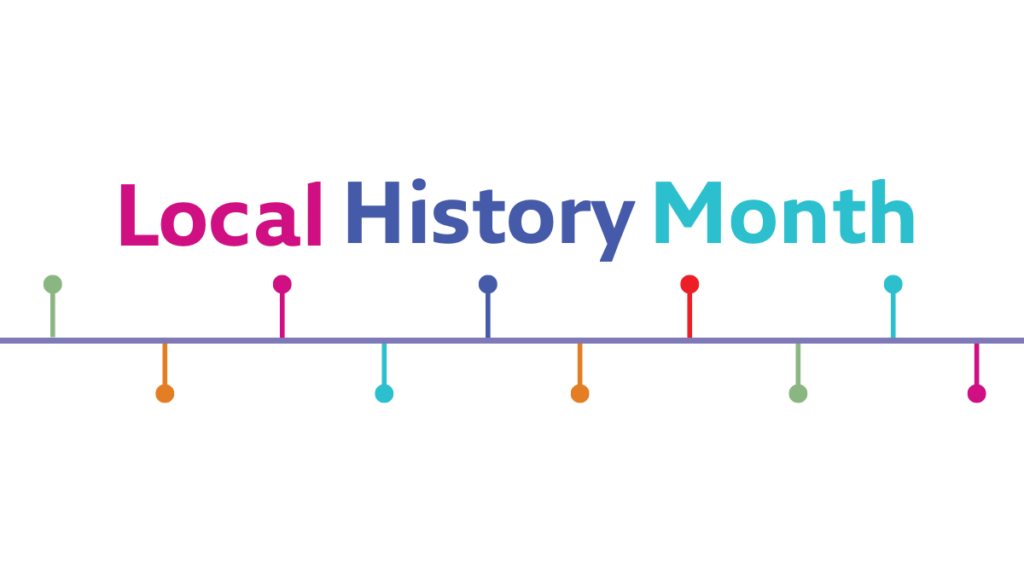Laura Aitken-Burt explores the fascinating societies of the Maya, Aztec and Inca and how you can integrate teaching this exciting topic into your KS3 teaching.
The Americas have been home to a vast array of indigenous civilisations which have thrived for thousands of years. The Maya settled in the Yucatán peninsula of Mexico in 2000BCE and by 300BCE had organised into 40 city states with populations between 5000-50,000, similar if not larger than those in ancient Greece at the time. Huge stepped pyramids were built in the dense jungles, and the education system prioritised history, poetry, astronomy and medicine.
In 1325, the city of Tenochtitlan (modern Mexico City) was established by the Aztecs on Lake Texcoco in an incredible feat of engineering. With perhaps more than 100,000 inhabitants and rich tributes coming in from nearby towns, Tenochtitlan was to become a city that rivalled Constantinople in size and grandeur.
Meanwhile further south in Peru, the Inca managed over 4000 square kilometres of land across the Andes mountains. To connect this disparate empire, the Inca rulers imposed the Inti sun god as the centralised religious cult and forced all citizens to take part in helping to build a vast road network.
Common myths and controversies
Perhaps most famously, these civilisations have shown evidence of human sacrifice. Despite popular belief from exaggerated foreign sources, this ritual was not performed regularly and originally held deep religious meanings of bravery before perhaps later being used as a form of imperial control. Bloodletting was a far more common way to honour the gods and was performed by people in all ranks of society, just as in Europe where bloodletting had long been performed in both a religious and medical capacity.
However, whilst the Aztec and Inca were expanding and consolidating their own empires over the course of several hundred years, in the 16th century an empire from far across the sea was to emerge as a new threat. At the beginning, small groups of Spanish conquistadors led by Hernan Cortés in Mexico and Francisco Pizzaro in Peru were not of concern to the indigenous rulers, who had internal conflicts of their own to settle. Indeed, Cortés was almost killed by the Tlaxcalans, until an enslaved woman named Malintzin was able to convince them that this could be an opportunity to overthrow their old Aztec enemies.
The traditional consensus of Spanish military superiority can also quite easily be challenged by looking at events such as La Noche Triste when the Aztecs successfully repelled the Spanish from Tenochtitlan or the existence of the Neo-Inca rebel state established in Vilcabamba by Manco II and Tupac Amaru which sustained guerilla warfare in the Andes mountains for decades. These were highly organised civilisations which strongly opposed Spanish domination. In the end, the devastation wrought by smallpox pandemics, to which they were not immune, meant that as more conquistadors arrived from Spain, there were fewer indigenous people to fight. When the Spanish saw few indigenous people to enslave on their growing plantations, the trans-Atlantic slave trade would soon begin.
Integrating Maya, Aztec and Inca into your KS3 teaching
Standard KS3 History curricula cover the Reformation and Tudors – teaching Maya, Aztec and Inca history can act as an interesting change of focus which sets the themes of Spanish imperial ambitions, rivalry with Britain and the counter-Reformation into a more global perspective. It can also act to peak early student interest and knowledge in the Americas for departments who will go on to study the ‘Spain and the New World’ unit in the Edexcel History GCSE. There are also such fantastic archaeological sites to research and investigate (Google Earth is a great tool for this) such as Macchu Picchu, Chichen Itza, Tikal and Palenque which can develop skills for the site study in the ‘History around us’ OCR GCSE paper. Most of all, studying these civilisations in their own right enables students to immerse themselves in a different environment and demystifies these cultures with the narrative centring on the indigenous perspective rather than the Spanish colonisers.
Exploring new vocabulary
One of the comments that is often raised when teaching this topic is the difficulty of pronouncing key terms such as Quetzalcoatl (Aztec god), Tenochtitlan (Aztec capital), tlatoani (ruler), ullamaliztli (ball game) and chalchiuatl (blood). Whilst some of the arrangement of consonants may look unusual in English, the words can be read phonetically. This is in fact exactly what the 16th century transcribers intended when they converted the original Mayan and Nahuatl glyphs into the Latin alphabet. Teachers are always giving students specialised new historical vocabulary for them to deploy so these do not need to be treated any differently. By allowing students to hear and see the original words, their appreciation of indigenous cultures is enhanced.
Resources to support your teaching
Chapter 7 in Knowing History Early Modern British and World History 1509-1760 traces the story of these indigenous American cultures in their own right. Exploring their civilisation and beliefs before colonisation by the Spanish helps students to understand the vivid history of these cultures and find new ways to interrogate the complex question of what contributed most significantly to the fall of their empires. It also provides an excellent opportunity to consider the problems with source material that is written by the victors.
Overall, students will gain a better understanding that these indigenous cultures are not part of the past but very much part of our present, where descendants continue to keep the languages and customs of the Maya, Aztec and Inca alive today.




